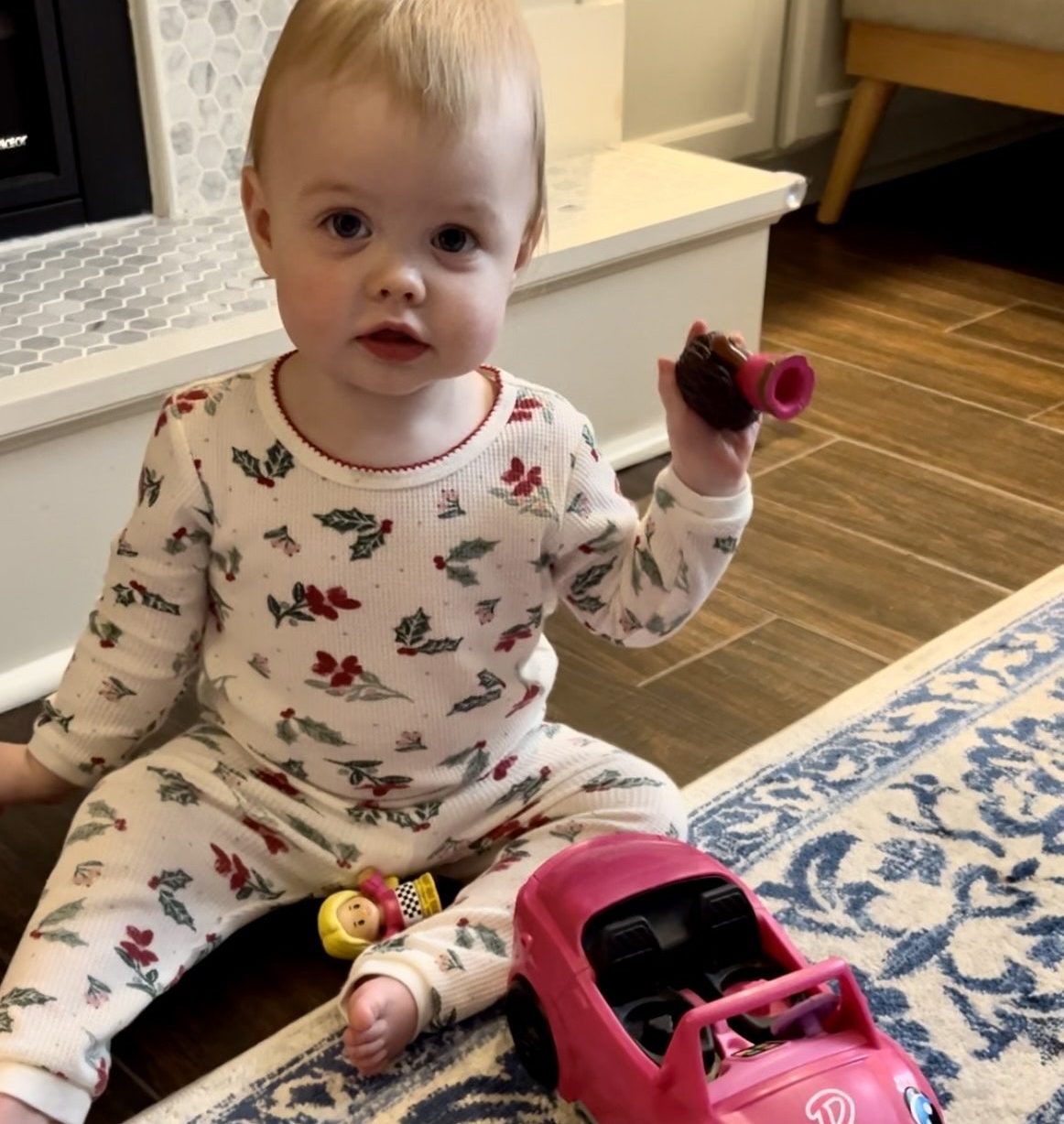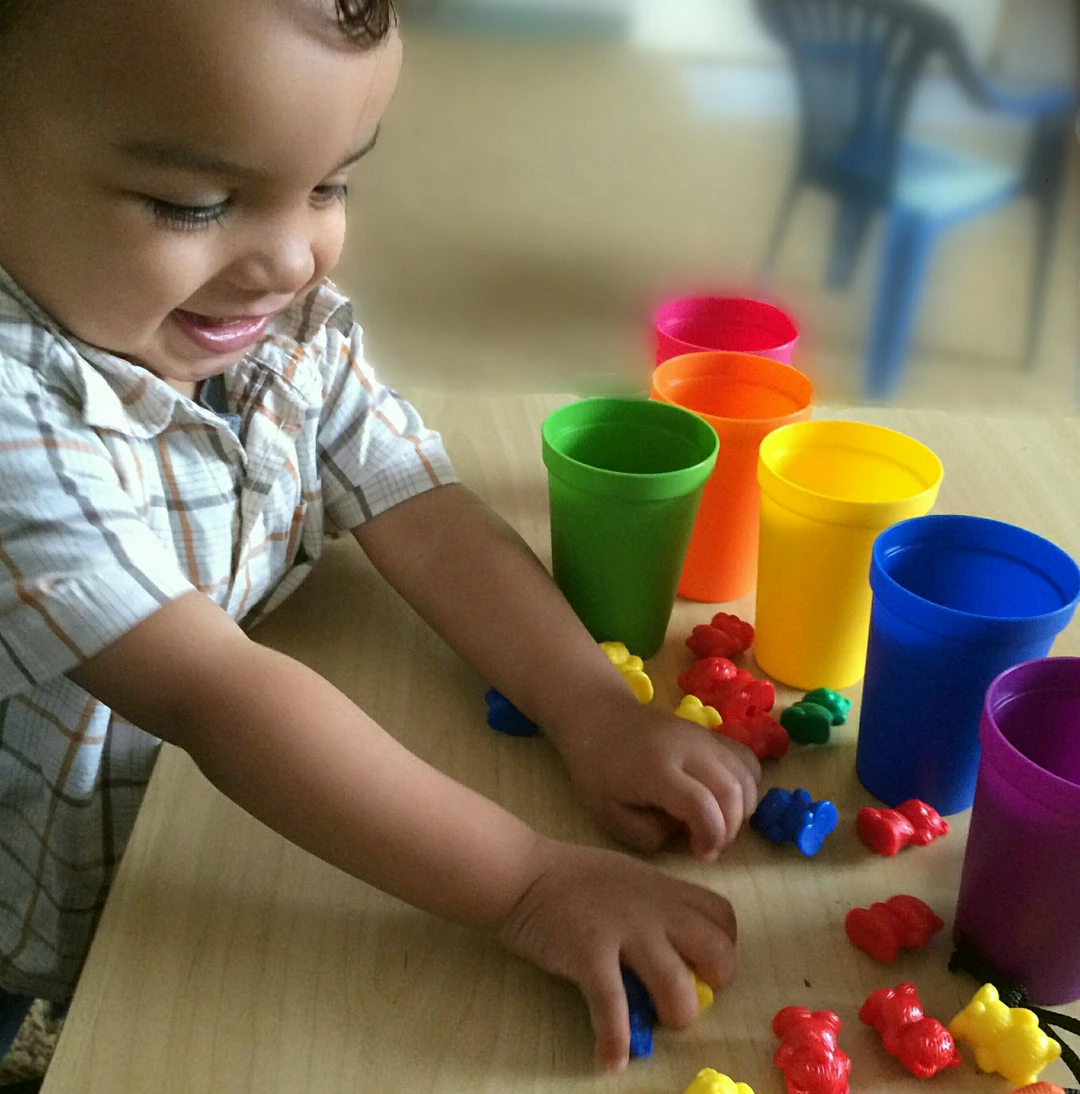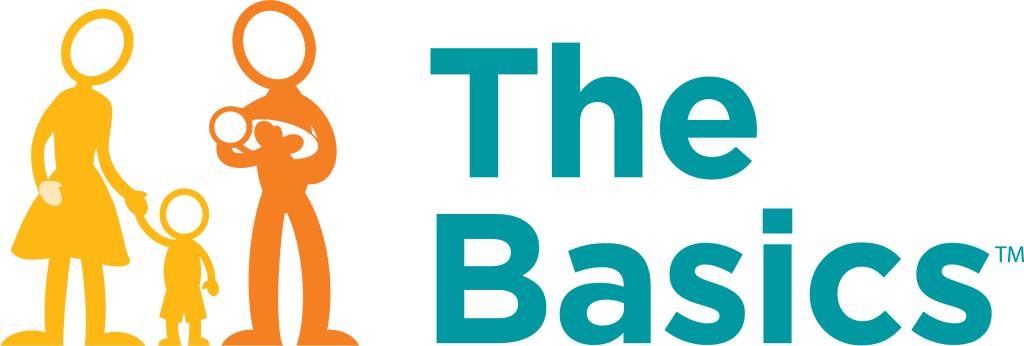Dear Parents,
Do you use The Basics with your little ones? We’d love to hear what you think!
Please take a short 10-minute survey to help us learn how families like yours use The Basics.
We’re working with Smart Start to share The Basics with more parents. The Basics are five easy and fun ways to help young children grow up smart, healthy, and happy—starting at birth.
Your answers will help us give more families the tips and support they need. At the end of the survey, you can choose to enter a drawing to win a $100 gift card!
But don’t wait—the survey is only open until October 10th.
Click here to take the survey now!
Thank you for your time and support.
¡Padres! Compartan su opinión y ganen una tarjeta de $100
Queridas familias,
¿Usan The Basics con sus niños? ¡Nos encantaría saber qué piensan!
Por favor, tómese 10 minutos para responder esta breve encuesta y ayudarnos a aprender cómo familias, como la suya, usan The Basics.
Estamos trabajando con Smart Start para compartir The Basics con más padres y madres. The Basics son cinco maneras sencillas y divertidas de ayudar a los niños pequeños a crecer sanos, felices e inteligentes, ¡desde el nacimiento!
Sus respuestas nos ayudarán a dar más consejos y apoyo a otras familias. Al final de la encuesta, puede inscribirse en un sorteo para ganar una tarjeta de regalo de $100.
¡No espere! La encuesta solo estará abierta hasta el 10 de octubre.
Haga clic aquí para responder la encuesta ahora.
Gracias por su tiempo y apoyo.









